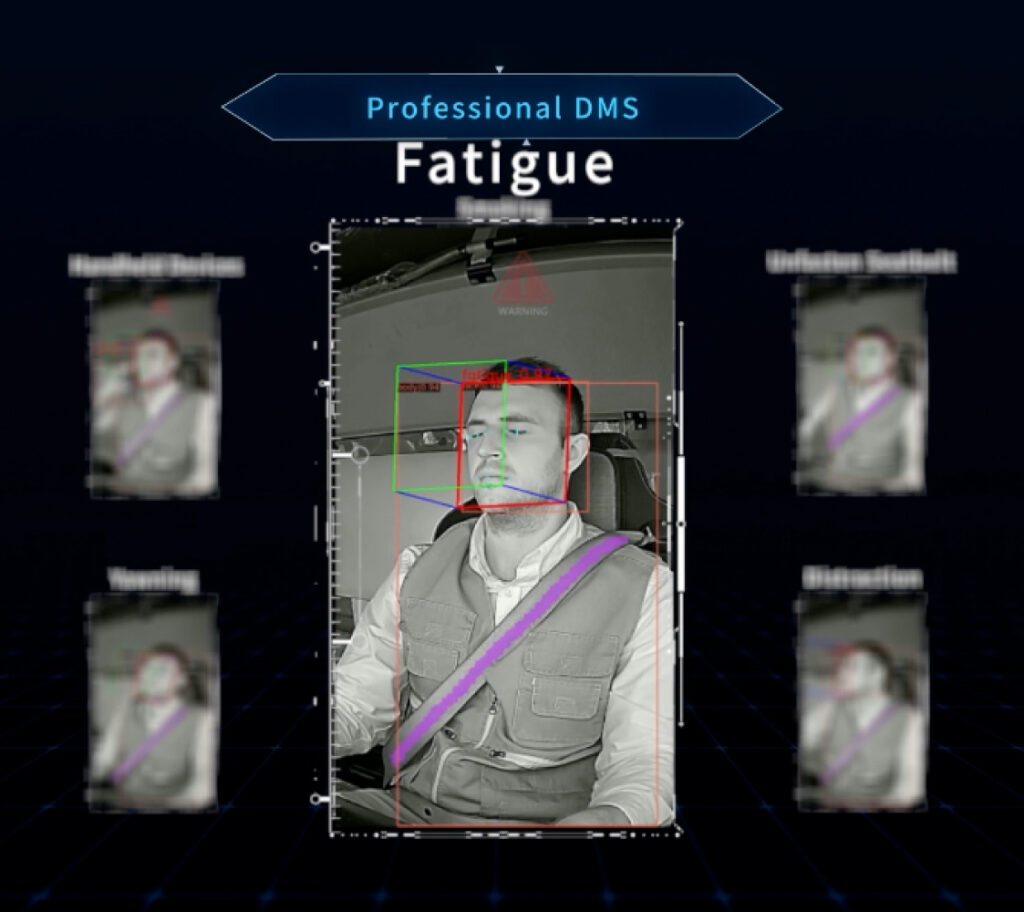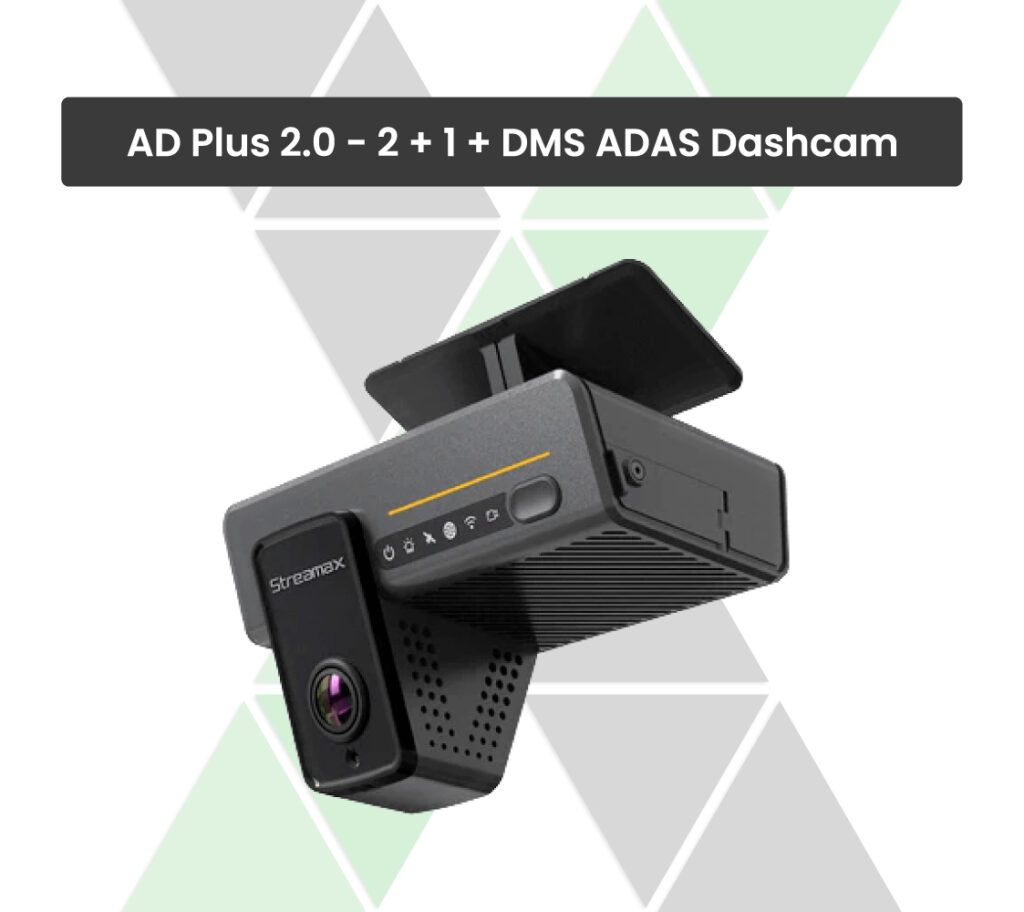
Road safety has always been a priority in Australia, with fatigue and distraction ranking among the leading causes of traffic accidents each year. As vehicles become more intelligent, technology is stepping in to make driving safer than ever before. One of the most significant innovations is the Driver Monitoring System (DMS) – a technology designed to keep drivers alert, attentive, and safe on the road.
Driver Monitoring Systems are now being integrated into both passenger and commercial vehicles to prevent accidents caused by drowsiness, inattention, or distraction. In Australia, this technology is playing a crucial role in enhancing road safety and improving fleet management efficiency.
What Is a Driver Monitoring System (DMS)?
 A Driver Monitoring System (DMS) is an in-vehicle safety feature that uses cameras, sensors, and artificial intelligence to assess a driver’s alertness and behaviour.
A Driver Monitoring System (DMS) is an in-vehicle safety feature that uses cameras, sensors, and artificial intelligence to assess a driver’s alertness and behaviour.
The system continuously observes the driver’s face, eyes, and head movements to identify signs of fatigue, distraction, or inattention. If it detects any unsafe behaviour, it immediately triggers an alert to prompt the driver to refocus.
Originally developed for high-end or semi-autonomous vehicles, DMS technology is now becoming a standard safety feature across Australian fleets and personal vehicles. It is a key part of modern Advanced Driver Assistance Systems (ADAS) aimed at preventing human error and improving road safety outcomes.
How Driver Monitoring Systems Work?
Cameras and Sensors
The heart of a DMS is a camera-typically an infrared (IR) camera-mounted on the steering column or dashboard. These cameras are equipped with IR LEDs that allow them to function both day and night, even through sunglasses. The sensors capture facial movements, eye direction, blink rate, and head position in real time.
Data Processing and artificial intelligence Algorithms
The captured data is processed by the system’s artificial intelligence engine. It establishes a baseline of normal driving behaviour – how often the driver blinks, where they usually look, and their head movements. Any deviation, such as frequent yawning, nodding off, or looking away from the road for extended periods, triggers an alert.
Eye and Head Tracking
DMS technology tracks eye movements to detect fatigue or distraction. If the driver’s eyes are closed for too long or gaze away from the road, the system identifies a potential risk. Similarly, head-tracking determines whether the driver is facing forward, indicating attentiveness.
Alerts and Feedback Mechanisms
When a lack of focus or drowsiness is detected, the DMS issues alerts in various forms:
- Visual alerts – flashing icons on the dashboard
- Auditory alerts – warning beeps or spoken messages
- Haptic alerts – vibrating seat or steering wheel
In advanced vehicles, the system can even intervene automatically, such as deactivating cruise control or lane assist features until the driver regains attention.
Key Components of a DMS
A typical DMS consists of the following main components:
- Infrared Cameras: Capture and monitor facial features and eye movement in real time.
- Infrared LEDs: Illuminate the driver’s face for clear visibility in low-light conditions.
- AI Data Processing Unit: Analyses behaviour and determines alertness levels.
- Supporting Sensors: Detect steering input, lane position, or heart rate (in advanced systems).
- Alert System: Issues immediate warnings to re-engage the driver’s focus.
Benefits of Driver Monitoring Systems
Implementing DMS technology offers several tangible benefits for both drivers and organisations:
- Improved Road Safety: Helps prevent accidents caused by fatigue or distraction.
- Enhanced Driver Awareness: Promotes better driving habits through real-time feedback.
- Reduced Fleet Costs: Fewer accidents mean lower maintenance, insurance, and downtime costs.
- Support for Semi-Autonomous Driving: Ensures drivers remain attentive even when automated features are active.
- Data Insights for Fleet Managers: Offers valuable data on driver performance for training and compliance purposes.
Real-World Applications in Australia
Driver Monitoring Systems are gaining rapid traction across different sectors in Australia:
- Commercial Fleets: Logistics and transport companies are using DMS to ensure drivers stay alert during long-haul trips and comply with fatigue management laws.
- Public Transport: Buses and government vehicles are adopting DMS to improve passenger safety and operational oversight.
- Government Road Safety Programs: Federal and state authorities are encouraging DMS adoption through regulatory standards and incentives.
- Private Vehicles: More Australians are choosing vehicles equipped with advanced safety systems like DMS for added peace of mind.
Exceed ICT’s Advanced Driver Monitoring Solutions
 At Exceed ICT, we take driver safety to the next level with a feature-rich Driver Monitoring System tailored for Australian roads and compliance standards.
At Exceed ICT, we take driver safety to the next level with a feature-rich Driver Monitoring System tailored for Australian roads and compliance standards.
Our DMS technology goes beyond basic monitoring – it integrates fatigue detection, crash monitoring, ADAS alerts, audio/video recording, and more. Whether for passenger vehicles, commercial fleets, or standalone solutions, our systems are designed to deliver accuracy, reliability, and scalability.
With an Australian-hosted platform and local support team, we ensure data security, faster response times, and solutions that truly meet the needs of Australian drivers and businesses.
If you’re looking to enhance your fleet safety or upgrade your vehicle monitoring system, Exceed ICT offers customisable and scalable options backed by professional support.
The Future of Driver Monitoring Systems
As automotive technology evolves, Driver Monitoring Systems will continue to play an even greater role in road safety. The future will see advancements such as:
- Emotion detection to measure driver stress or frustration.
- Integration with fully autonomous vehicles to ensure readiness during handover.
- Cloud-based analytics for fleet-wide performance tracking.
- Stronger AI algorithms capable of predictive fatigue detection before risk behaviour occurs.
These developments will make DMS an integral part of every vehicle, ensuring safer roads and smarter mobility across Australia.
Conclusion
Driver Monitoring Systems are transforming how Australians approach road safety. By combining intelligent sensors, AI, and real-time feedback, DMS technology helps prevent accidents, protect drivers, and improve fleet efficiency.
As Australia continues to prioritise road safety and smart transport, implementing advanced solutions like Exceed ICT’s Driver Monitoring System can make a significant difference – helping you stay compliant, connected, and safe on every journey.
We Also Provide
Telecoms Expense Management, Device Deployment, Mobile Fleet management, Telstra enterprise Mobility, Telstra mobility Managed Services.
Improve Business Core values, Business Consulting, Network Management, Telstra Expense Management and many more Services.
Check our Services And Solutions.
Find Us (Exceed ICT) on Google map. Give us a call at 1300 832 639.


